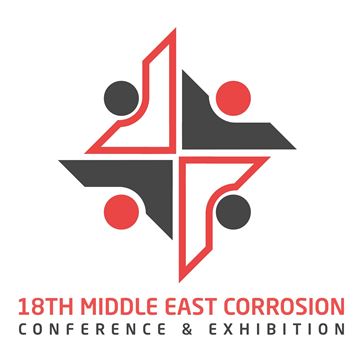Search
Products tagged with 'additive manufacturing'
View as
Sort by
Display
per page
Material Capabilities Of Additively Manufactured Alloy UNS N07718 In An H2S-Containing Environment
Product Number:
51322-17938-SG
Publication Date:
2022
$20.00
Mechanical, Microstructural And Corrosion Characterization Of Low Binder Containing WC-Co Grades Using A Binderjet Process
Product Number:
51322-17583-SG
Publication Date:
2022
$20.00
Microstructure and corrosion properties of stainless steel synthesized by ball milling method at different times
Product Number:
51323-19442-SG
Publication Date:
2023
$20.00
Microstructure And Mechanical Properties Of Additively Manufactured 316L Stainless Steel.
Product Number:
ED22-18491-SG
Publication Date:
2022
$20.00
Microstructure Characterization Of Additively Manufactured Alloy 718
Product Number:
51323-19419-SG
Publication Date:
2023
$20.00
On the Additive Manufacturing of Alloy 718 for Meeting the Standard Industry Hydrogen Sulfide Requirements
Product Number:
51323-18809-SG
Publication Date:
2023
$20.00
Oxidation and Hydrogen Embrittlement Behavior of Several Additively Manufactured Ni-Based Superalloys
Product Number:
51324-21117-SG
Publication Date:
2024
$40.00
Performance Of Additively Manufactured Alloy 718 In Sour Service
Product Number:
51322-18029-SG
Publication Date:
2022
$20.00
The Effect Of Build Orientation On The Corrosion Behavior Of SLM 304L Alloys
Product Number:
51321-16904-SG
Publication Date:
2021
$20.00
The Effects of Additive Manufacturing on the Hydrogen Embrittlement of Alloy 718
Product Number:
51323-19358-SG
Publication Date:
2023
$20.00
Understanding the Influence of Surface Condition on the Fatigue and Corrosion Fatigue Behavior of SLM718
Product Number:
51324-21234-SG
Publication Date:
2024
$40.00
Utilizing 3D Printing in Oil and Gas Applications
Product Number:
MECC23-19931-SG
Publication Date:
2023
$20.00












